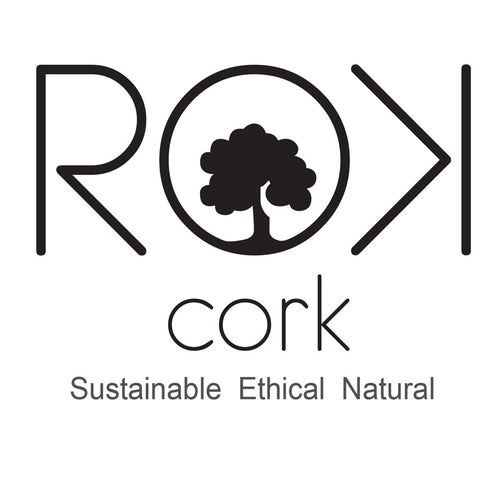GUIMARÃES, OPORTO AND ALCANENA, Portugal — The global financial crisis dealt Europe a heavy blow. Six years later, Italy remains lodged in an economic quagmire. And the risk of recession hangs like an omnipresent spectre over the mightiest of European economies: Germany.
There are, however, rays of hope. In Portugal, the historic regions of Guimarães, Oporto and Alcanena have significantly grown their exports of leather shoes and accessories. In fact, from 2006 to 2013, the local leather shoe industry has increased exports by 213 percent, from 36,510,000 pairs to 114,387,000 pairs, according to Portuguese leather and footwear association Associação Portuguesa dos Industriais de Calçado, Componentes, Artigos de Pele e seus Sucedâneos.
Indeed, Portugal’s leather shoe and accessories industry, which represents 3.8 percent of the global leather goods trade (about a quarter of Italy’s 16.5 percent) according to the International Trade Centre, is showing real momentum, especially when set against the longstanding financial woes of the country’s overall economy, which, after three consecutive years of recession from 2010 to 2013, fell below Slovakia in terms of GDP per capita, according to the IMF.
But how has so beleaguered an economy produced a leather goods industry that is not only growing swiftly, but also gaining ground on its longstanding rival Italy?
“Portugal is an excellent source, especially for footwear, for three reasons,” saidJosé Neves, the Portugese founder and chief executive of online fashion marketplace Farfetch, whose previous career in shoe design led him to manufacture extensively in the region. “One, it has very similar craftsmanship to Italy and France with significantly lower labour costs. Two, the industry is composed of small-scale factories with very low minimums, which attract higher-end designers and top-tier ranges. And three, it is easy, cheap, super-quick, normally three days for the import of raw materials such as hides, heels, outsoles, trims, metal components, etcetera from Italy, France and the UK, as well as decent local component supply.”
Although the Portuguese government exempted craftsmen under the age of 25 from wage cuts aimed at increasing competitiveness, the cost of Portuguese skilled labour remains one of the lowest in Europe. Quality, however, is high. “Developing and producing leather goods in Portugal is a fantastic opportunity, as, basically, you get quasi-Italian quality with Italian or French materials, but with the plus of small runs and at a considerably lower cost,” continued Neves.
Although Portugal has an illustrious heritage of leather workmanship, and has been associated with the material since the 16th and 17th centuries, when the country’s newly established South American colonies enabled the use of new vegetable based substances, fatliquors and tanning materials, quality has not always been the primary concern of Portuguese manufacturers.
“In the ‘90s, Portugal was the ‘China of Europe,’ with very low prices, lower quality and mass production, mainly targeting European markets. Since Portugal joined the Euro, labour costs increased significantly. At the same time, the Chinese, Korean, Vietnamese, Brazilian and North African producers got much better in terms of quality and flexibility. The result was a period of transition with low quality producers going out of business and being replaced by fast growing high-end factories,” explained Neves.
During this period of transition, a new generation of Portuguese leather manufacturers took the reins of what were previously traditional businesses. “The new generation are taking over; they have a modern outlook and creative eagerness to be a competitor in the world market rather than a follower or just a ‘go to’ for price points. Quality has improved greatly and attention to detail is good; Italy still leads the way on creative development on both tanning techniques and applications but Portugal is catching up fast,” said Caren Downie, formerly fashion director at ASOS and buying director at Topshop, who is now brand director of newly launched label Finery, which manufactures its shoes in Portugal. “Working in Portugal gives access to superior leather qualities, a hand finished product and smaller production runs. Lead times are relatively fast and prices are competitive,” added Downie.
Portugal’s focus on quality has attracted some big industry names. “Portugal now produces for all the major luxury labels, as well the top-tier ranges of large retailers: COS, Zara, etcetera. In this latter case, Portugal is often the source of the highest priced ranges that are then copied in a cheaper version in Southeast Asia or Northern Africa,” said Neves.
But does Portugal have the capacity to become another Italy?
“Portugal will remain a very attractive source, since the labour costs are not likely to change, relative to Italy and France, therefore its core competitive advantages will remain unchallenged,” opined Neves.
Others are more critical. “The key issue for the Portuguese leather industry is that ‘Made in Portugal’ is less appealing than ‘Made in Italy,’ in France and even in Spain. Portugal still lacks a domestic brand with history and global recognition [e.g. Spain has Loewe]. I believe Portugal can be the ‘Made in’ choice for accessible luxury brands (in any case exposed to competition from Turkey, North Africa and Asian countries), but not for high-end luxury brands, which will continue to produce in Italy and France and, some of them, in Spain,” said Mario Ortelli, senior luxury goods analyst at Bernstein Global Wealth Management.
Indeed, Portugal has history and has, undoubtedly, established itself as a reputable, flexible and affordable European leather manufacturing hub. But to rival Italy, ’Made in Portugal’ will need to cultivate a stronger brand in the eyes of end consumers, or risk limiting its prospects.


